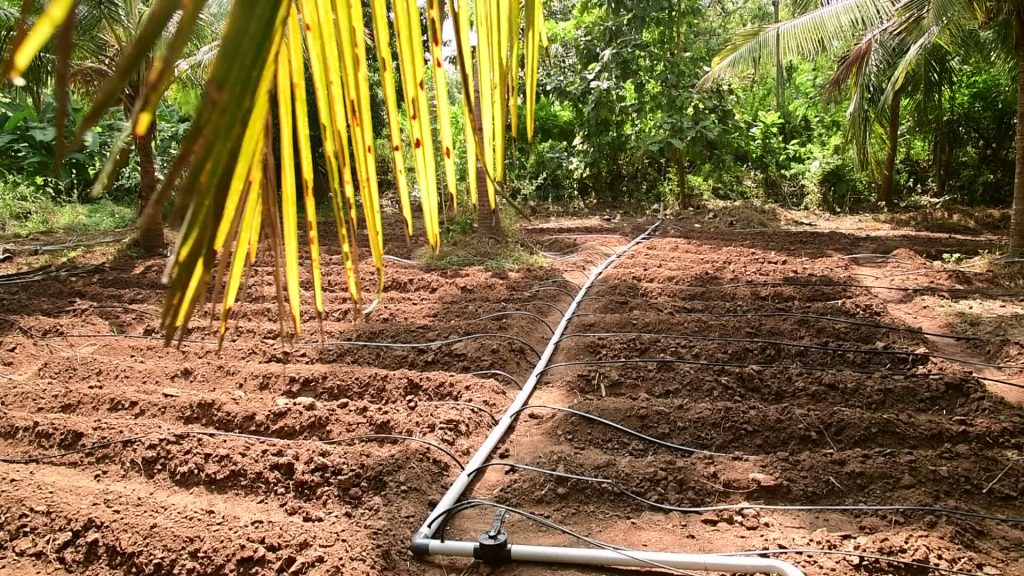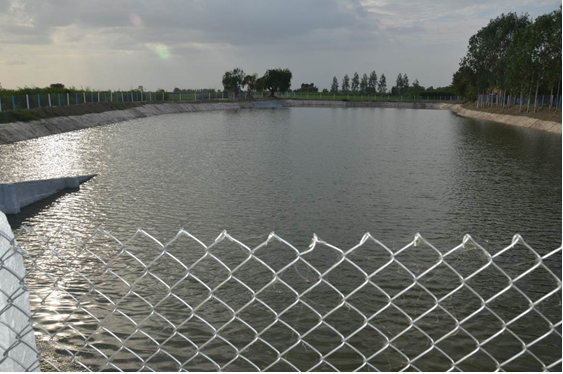In the backdrop of India’s rich agricultural legacy, the pressing issue of escalating water scarcity poses a formidable challenge to sustaining agricultural productivity. Amid dwindling water resources, the imperative of adopting water-efficient practices for Indian farmers has surged to the forefront. Encouragingly, collaborative endeavors between the Indian government and the private sector are charting a course toward a more sustainable agricultural landscape.
Here are some key pointers on water-efficient sustainable agriculture practices for Indian farmers:
Drip Irrigation and Micro-Irrigation Systems:
Implementing drip irrigation techniques helps deliver water directly to the roots of crops, minimizing wastage and maximizing efficiency. Micro-irrigation systems like sprinklers, drips, or pivots can significantly reduce water usage.

Rainwater Harvesting:
Encouraging farmers to collect rainwater through ponds, tanks, or other storage methods helps in utilizing natural water resources efficiently. This stored water can be used during dry periods or for irrigation purposes.

Mulching and Soil Management
Mulching involves covering soil with organic materials like straw or compost to reduce water evaporation and maintain soil moisture. Healthy soil with proper organic matter retains water better, reducing the need for frequent irrigation.
Crop Rotation and Selection:
Promoting crop diversity and rotation can help in optimizing water usage. Certain crops require less water and are better suited for arid conditions, allowing farmers to make informed choices based on their water availability.
Water-Efficient Crop Cultivation Techniques:
Encouraging the use of drought-resistant crop varieties and employing techniques such as conservation tillage, where soil disturbance is minimized, aids in retaining moisture and reducing water needs.
Smart Monitoring and Technology Adoption:
Installing moisture sensors and using advanced technologies for irrigation scheduling can help farmers precisely gauge soil moisture levels, preventing overwatering and conserving water resources.
Education and Training:
Providing education and training programs to farmers about water-saving practices and their benefits can drive the adoption of sustainable techniques at a grassroots level.
Policy Support and Incentives:
Government policies that incentivize the adoption of water-efficient practices, provide subsidies for water-saving equipment, or offer financial support for sustainable agriculture initiatives can encourage widespread implementation.
Community Participation and Knowledge Sharing:
Establishing community initiatives and platforms where farmers can share their experiences and learn from each other regarding water-efficient practices fosters a culture of sustainable agriculture.
Conservation of Water Bodies:
Protecting and preserving natural water bodies, rivers, and reservoirs from pollution and over-extraction ensures a consistent and reliable water supply for agricultural purposes.
Government Initiatives for Water-Efficient Practices:
The Indian government has taken significant strides in promoting water-efficient practices across agricultural landscapes. One of the flagship initiatives, the Pradhan Mantri Krishi Sinchayee Yojana (PMKSY), focuses on expanding irrigation coverage and optimizing water usage through micro-irrigation techniques. Under this scheme, subsidies are provided to farmers for the installation of drip and sprinkler irrigation systems, enabling precise water delivery to crops while curbing wastage.
Furthermore, the government’s emphasis on rainwater harvesting has gained traction in rural areas. Through the Mahatma Gandhi National Rural Employment Guarantee Act (MGNREGA), communities are encouraged to build structures like check dams, ponds, and water storage facilities to harness rainwater for agricultural purposes. States like Maharashtra and Rajasthan have witnessed remarkable success stories where these initiatives have rejuvenated parched lands and transformed agricultural prospects.
Private Sector Contributions on Water-Efficient Practices for Indian Farmers:
Collaboration between the private sector and agricultural communities has been pivotal in driving the adoption of water-efficient practices. Agri-tech companies have developed innovative solutions to address water scarcity challenges. Companies like Jain Irrigation Systems and Netafim have played a pivotal role in introducing cutting-edge drip irrigation technologies tailored to Indian agricultural needs. These technologies enable precise water delivery, minimizing water wastage and maximizing crop yield.
Moreover, partnerships between private entities like SWRDM Project partnership of PepsiCo and Alternative Development Initiatives (ADI) and village communities have facilitated implementation of water harvesting structures (WHSs), maintenance and management of WHSs, knowledge exchange and continuous community engagement and capacity building programs. Communities’ capacities are built around diverse livelihood issues and empower them towards a larger developmental perspective, henceforth creating a sustainable livelihood environment in the area. Such collaborations empower farmers with the skills and tools required to make informed decisions about water management and water-efficient crop cultivation.
Conclusion:
The combined efforts of the Indian government and the private sector in promoting water-efficient agricultural practices underscore a promising trajectory towards sustainability. By incentivizing the adoption of innovative technologies, facilitating knowledge sharing, and empowering farming communities, India is gradually steering its agriculture sector towards a more resilient and water-conscious future.
As success stories continue to emerge, it’s evident that a collective commitment to sustainable practices is essential for ensuring food security, preserving water resources, and bolstering the resilience of India’s agricultural landscape. Through ongoing collaboration and concerted efforts, India stands poised to lead the way in sustainable agriculture, setting an example for the world to emulate.


